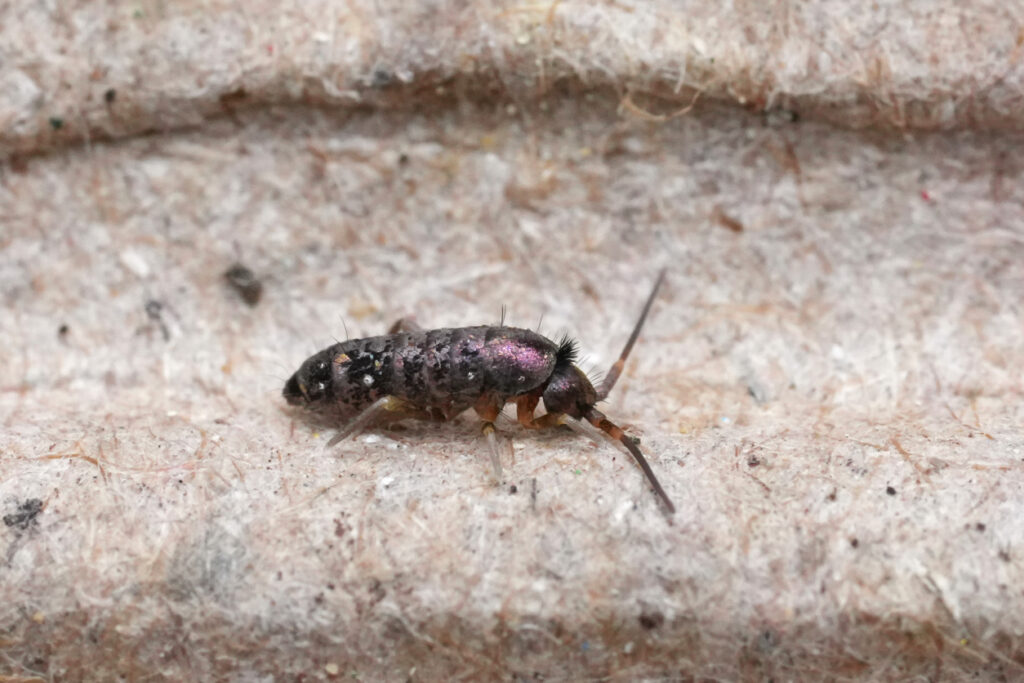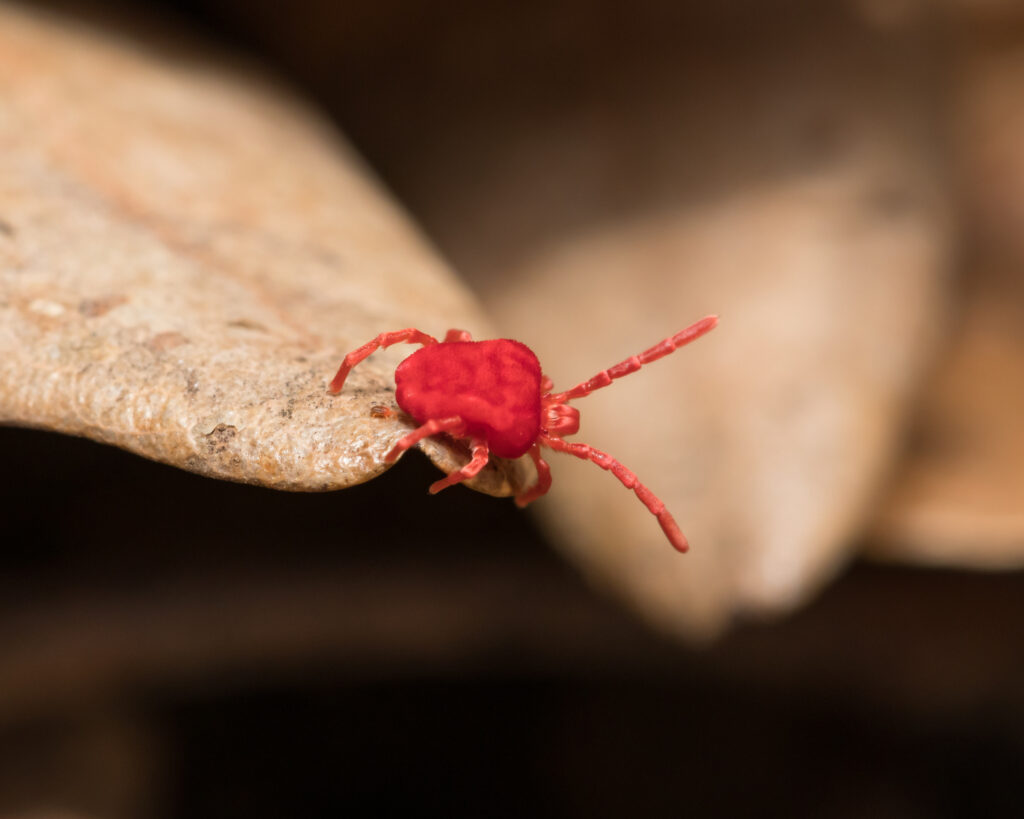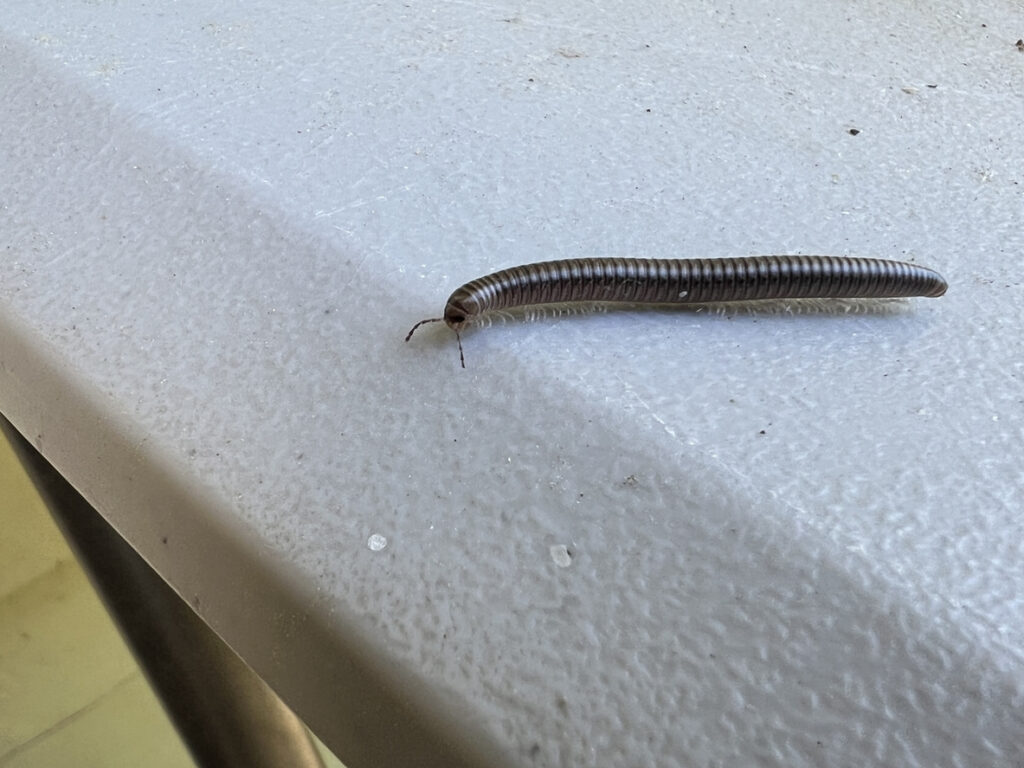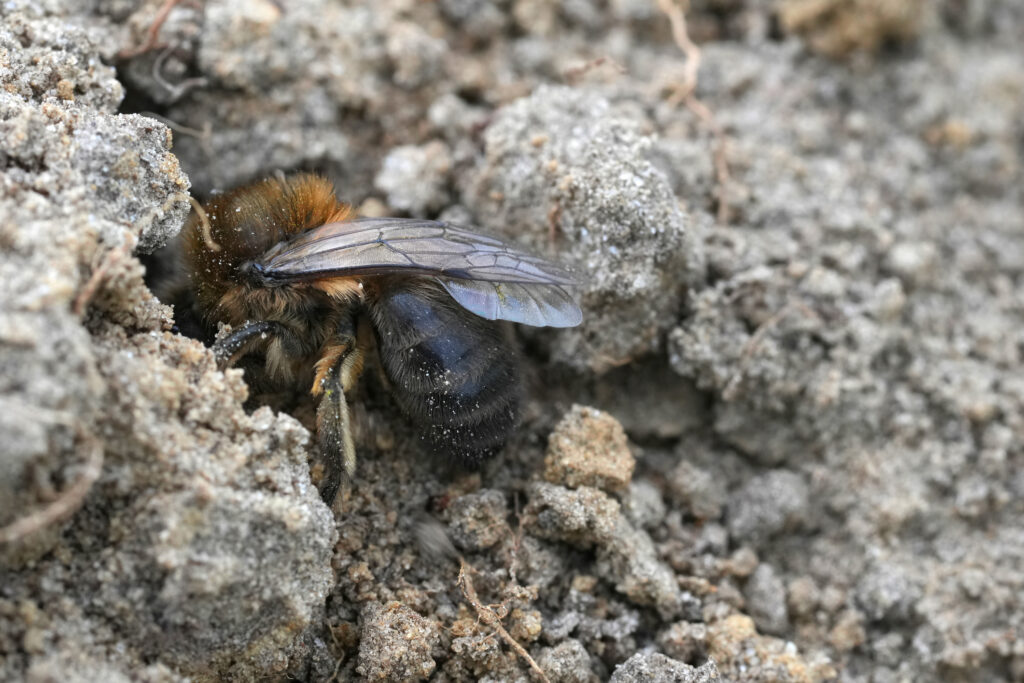Pest Problems in New Construction Homes: What Northern Illinois Homeowners Should Know
Brand new homes should mean no pest problems, right? Not exactly.
If you’ve recently moved into a newly built home in Kane, DuPage, or elsewhere in Northern Illinois, you might be surprised to discover unwanted pests crawling across your floors and patio. While new homes may be pristine on the surface, they often attract certain pests that take advantage of the fresh construction environment and disturbed soil. Below, we highlight the most common pest issues affecting new builds in Northern Illinois—and what homeowners can do about them.
1. Springtails: The Moisture-Loving Jumpers
Why they’re common in new homes:
New construction often involves freshly laid sod, irrigation systems, and landscaping—all of which keep the soil damp. Combine that with concrete foundations that haven’t fully dried and springtails find the perfect breeding ground. Also, if the wood framing was allowed to get damp during construction and not allowed to properly dry, an interior infestation can result.
Where they appear:
You might see them around patio slabs, basement floors, bathrooms, or by windows. They’re tiny, usually gray, and seem to “jump” when disturbed. These are tiny, less than 6 mm (0.24 in) long, so appear almost like small black dots.
What to do:
Excessive soil moisture levels are what allow these critters to thrive, so addressing the root issue in addition to professional treatments will help substantially. Control moisture levels in the soil by ensuring that there is proper drainage and yard grading to push water away from the home. Check for any leaks, including from pipes, pools, and other drainage to ensure that there is not a constant supply of moisture. Don’t over-mulch, and be sure not to overwater plants as these can allow infestations to occur very close to the home. They can dissipate over time if the soil dries out properly, but they are unlikely to be completely eliminated without thorough exterior services and moisture control.
2. Clover Mites: Tiny Red Invaders
Why they’re common in new homes:
New lawns and fresh sod are ideal for clover mites, which feed on grass and clover. As the sod settles and temperatures warm in spring, these mites migrate in large numbers—often right into your home.
Where they appear:
South-facing windows, walls, and sunlit surfaces are common hotspots. They often smear red when crushed, which can stain walls or furniture.
What to do:
Keep grass trimmed at least 12–18 inches away from the home, seal up window and door gaps, and use targeted perimeter sprays in early spring. Be sure to not over-fertilize grass, as this is conducive to long term infestations. Yard treatments will help reduce their numbers.
3. Millipedes: The Mulch Migrators
Why they’re common in new homes:
Millipedes thrive in moist mulch beds and fresh topsoil—both of which are typically abundant in new landscaping. As soil dries out or temperatures change, they may migrate inside in search of moisture.
Where they appear:
They often invade basements, garages, and crawlspaces—especially after heavy rain.
What to do:
Avoid over-watering landscaping, use dry rock barriers around the home, and install dehumidifiers in basements or crawlspaces. Treatments inside and out will help reduce their numbers in addition to proper measures.
4. Mice: Tiny Gaps, Big Problems
Why they’re common in new homes:
Although the structure is new, small construction gaps around vents, foundations, and utility lines may not be sealed completely. These are easy entry points for mice seeking warmth and shelter.
Where they appear:
Attics, garages, basements, and behind appliances are common nesting areas.
What to do:
Professional exclusion (sealing entry points) combined with baiting or trapping is the most effective approach for new homes.
5. Ants: First Settlers of Disturbed Soil
Why they’re common in new homes:
Construction disturbs underground ant colonies, causing them to relocate. Your foundation, patios, or wall voids may become prime real estate.
Where they appear:
Kitchen counters, bathrooms, and garage floors are common indoor spots; you may also notice outdoor ant hills around the perimeter.
What to do:
Professional ant control involves treating both interior nests and exterior colonies. DIY baits rarely resolve the root problem.
6. Solitary Ground Bees: Friendly But Startling
Why they’re common in new homes:
Uncompacted soil, especially in sunny, sandy areas like new lawns or garden beds, can attract harmless but noticeable ground-nesting bees.
Where they appear:
Small dirt mounds with holes in lawns or mulch beds during early spring.
What to do:
These bees are beneficial and usually temporary, but can be deterred with soil treatments or by adjusting irrigation to compact the soil.
Why Pest Issues Are So Common in New Construction
Fresh Landscaping provides ideal conditions for moisture-loving pests.
Unsealed Gaps and Settling Foundations can let rodents and insects sneak in.
Moisture Retention in new concrete and building materials encourages mold, springtails, and mites.
Disrupted Soil Ecosystems force existing pests to relocate—often to the new home above them.
How Pest Control Helps New Construction Homeowners
Our professional pest control services in Northern Illinois are tailored to handle the unique challenges of new homes:
Perimeter insecticide treatments targeting springtails, mites, and ants
Granular or liquid applications to mulch beds and lawns
Rodent exclusion and baiting to keep mice out
Moisture control advice and treatment for long-term prevention
Just Moved Into a New Construction Home? Let’s Keep It Pest-Free.
If your brand-new home is attracting some not-so-welcome guests, we’re here to help. Whether you’re seeing springtails around the tub or ants in your kitchen, our team has the expertise and treatments to get your home pest-free—fast.
📞 Call now or schedule a free estimate online.





